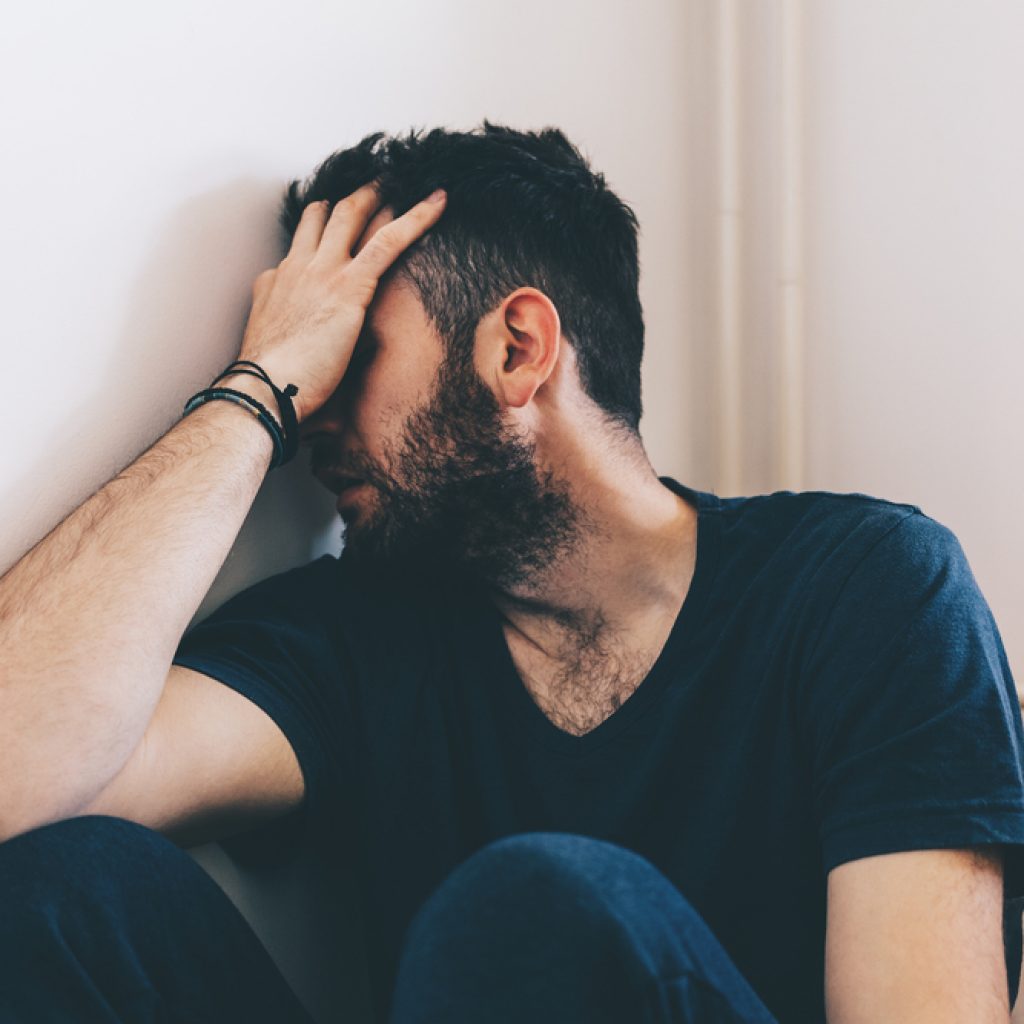Real Dangers of Opioid Abuse?
Opioid abuse is more than taking extra opioids or using unintended courses of administration for the drugs. Opioid abuse is essentially training the brain and body to acclimate to and begin to depend upon opioids for normal function. The process of becoming dependent on opioids leads to riskier and more dangerous behavior in efforts to continue abusing the drugs and seeking a more intense high. Additionally, as users keep chasing the ultimate opioid high, the effects of the drugs become more intense and that can be very dangerous, resulting in overdose and death.
Effects of Opioid Abuse
When opioids are abused, their effects can be overwhelming and cause a plethora of depressive symptoms which can become deadly in overdose situations. Some of the most common effects of opioid abuse and overdose include the following:
- extreme euphoria
- constricted (pinpoint) pupils
- nausea
- vomiting
- drowsiness
- slowed or irregular heart rate
- shallow breathing
- nodding (short periods of falling in and out of consciousness)
- slurred speech
- low blood pressure
- heavy limbs
- itching
These effects of opioid abuse can become very dangerous and even deadly when the system becomes overwhelmed by the drugs. This can lead to severely depressed breathing which is the most common cause of death in opioid overdose.
In addition to the physical dangers of overdose with opioid abuse, there are lifestyle changes and risks which are inherent to drug-seeking behavior and growing tolerance. It should be made very clear; chronic opioid abuse will increase tolerance. Tolerance is not the same as addiction, but it is a hallmark characteristic along the path to addiction.2
Higher Tolerance, Higher Doses
As the brain becomes more acclimated to opioids and their effects, a user will need higher and more frequent doses of the drug in order to achieve the same effect. As this happens, not only does tolerance grow into deeper levels of dependence, but the risks of overdose also increase significantly. This is especially common if withdrawal symptoms begin to occur. Desperate to feel better, many opioid abusers will take whatever opioids they can get which can be far too much and lead to a dangerous or deadly overdose.
New Opioids
As tolerance grows to one particular type of opioid, for example, a 30mg dose of a prescription painkiller, users begin to look for stronger doses, especially as opioids on hand are depleted faster by taking several pills for greater effect. Different strengths and different formulations of opioids may have varying and unexpected effects, also significantly increasing overdose and complication risks. The most disturbing trend in the opioid epidemic has been the introduction of fentanyl, produced illicitly and mixed in with heroin sold by street dealers. 2018 Research shows that nearly half (45.9%) of all opioid-related overdose deaths in 2016 involved fentanyl.3
Dysfunction
Opioid abuse may start as an extra pill before bed, but often evolves into an extra pill because work was stressful or bringing a pill to work because of there is a big presentation, maybe even taking a pill before commuting to calm traffic anxiety. When these kinds of developing excuses are creating dangerous and risky opioid intoxication, dysfunction begins to present as a part of life. Traffic accidents, loss of employment, confrontation and tension with others, are all growing risks of continued opioid abuse.
Decisions and Judgement
As opioid abuse continues, judgment begins to sway toward the continuation of abuse rather than seeking help to reverse it. Cloudy decision-making and thought processes are a big part of drug abuse, especially as it progresses closer to addiction. Individuals who are determined to experience a more intense high will take outrageous risks to achieve that goal. These risks include things like
- accepting and using drugs with which the individual is not familiar
- combining various drugs without knowledge of potential dangers and effects
- intentionally inflicting harm to oneself in efforts to obtain stronger and more dangerous combinations of prescription drugs
Eventual Opioid Addiction
The most inevitable and consequential effect of opioid abuse is eventual addiction. The time it takes to become fully addicted to opioids depends strongly on individual circumstances, but the reality of addiction looms around the corner for every individual engaging in opioid abuse. Once addiction takes hold, opioid abuse is no longer solely for the enjoyment of a high, but more often to avoid withdrawal symptoms and maintain some sense of personal normalcy.
The full scope of dangers and risks associated with opioid abuse have no real limits. The effects of opioid abuse have been felt all across the United States, upending the sanity and stability of millions of families and relationships. Personal health and wellbeing are constantly in jeopardy as continued opioid abuse never strays far from the possibility of a deadly overdose.



